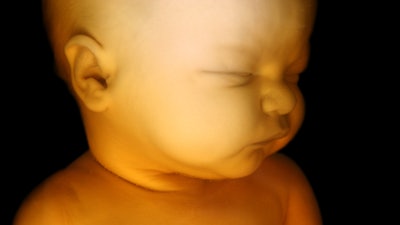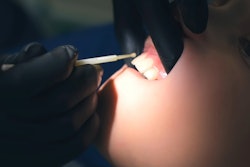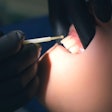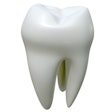
Incisors develop in the womb due to a buildup of mechanical pressure within the tissue, according to an animal study published in Nature Cell Biology. This revelation may lead to a better understanding of how birth defects occur.
During embryonic development, the enamel knot (EK), which is important for organizing the growth and formation of tooth enamel, is formed due to a buildup of mechanical pressure within the tissue, establishing the main signaling center for tooth development, the authors wrote.
"The main signaling centre orchestrating development of rodent incisors, the EK, is specified by a cell proliferation-driven buildup in compressive stresses (mechanical pressure) in the tissue," wrote the authors, led by Dr. Ophir Klein, PhD, executive director of Cedars-Sinai Guerin Children's and the David and Meredith Kaplan distinguished chair in children's health (Nat Cell Biol, April 3, 2024).
About six weeks into a pregnancy, a human fetus starts to form gums. At nine weeks, a fetus develops buds that eventually grow teeth.
To explore this process, laboratory studies were conducted in a mouse fetus, which develops similarly to a human but in a much shorter time frame. Tissue samples containing the fetal mouse's tooth bud were collected during the EK development period. Several experiments were conducted to study the location of the cells, as well as the signals they send.
When a tooth bud starts to grow and divide, it exerts mechanical pressure at the tissue's center. Cell nuclei and filamentous actin fibers align in a circular pattern around where the EK forms. This force triggers these cells to stop dividing and form the EK, the authors wrote.
Their discovery reveals that cell proliferation initiates stress accumulation within the tissue. Surrounding cells then mechanically oppose this stress, leading to the emergence of a circular pattern in both structural and mechanical tissue orientations.
However, more research is required to fully comprehend the specific pathway through which the pressures resulting from stress buildup are transmitted to trigger the activation of biochemical factors, they added.
"Together, our data identify a new role for proliferation-driven mechanical compression in the specification of a model signaling centre during mammalian organ development," Klein et al wrote.



















